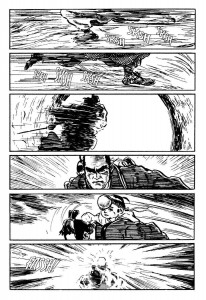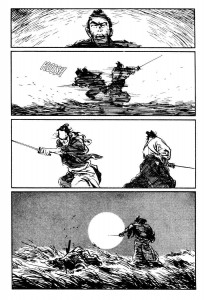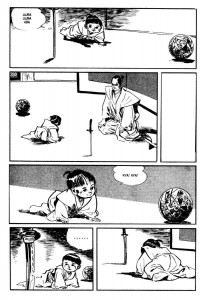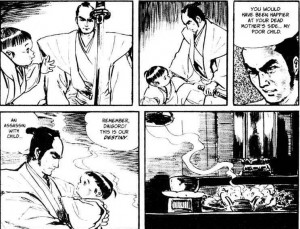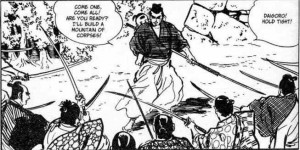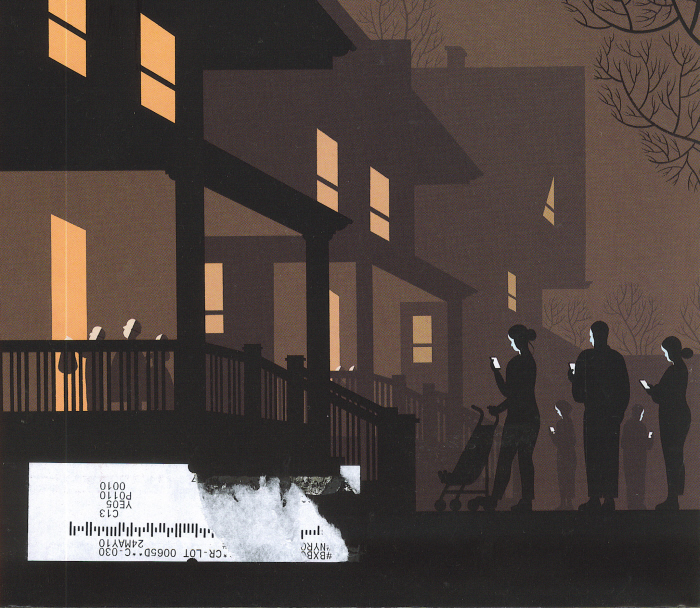HU Elsewhere
HU took last week off, but I still had a few pieces up elsewhere around the webs.
I snuck in to the tail end of Tom Spurgeon’s holiday interview series over at the Comics Reporter with a discussion of the Elephant and Piggie children’s book series. (Update: Tom informs me that there’s another week of interview left, apparently — I am in the middle, not at the end at all.)
I don’t think it’s an issue of seeing it in the context of comics; Willems’ work is comics. He uses cartoony simplified animal characters and makes extensive use of comic tropes like motion lines and speech bubbles. The narrative is entirely advanced through sequential action; the movement and words of the characters directly tell the story; it’s absolutely not text with illustrations. Some of the chicken books even use panels. The only reason you wouldn’t call it a comic is because it’s not sold through the direct market, basically.
The second half of my survey of Thai Luk Thung videos is up on madeloud.
Still, there are other approaches. For example, there’s Por Parichart’s “Krai Sak Kon Bon Tarng Fun,” or “Someone on a Path to My Dreams.” It basically follows the usual luk thung formula — with a slight conceptual twist. Luk thung is often referred to as “Thai country music” because its audience and lyrical themes are both mostly rural. However, “Krai Sak Kon Bon Tarng Fun” is unusual in that it actually sounds like American country music. The band hits a Nashville groove like they’ve been listening to Hanks and Merles all their lives, while Por, the singer, imitates Dolly Parton down to the breathy yodeling quaver. And as for the video — well, the set designers appears to have seen Hee Haw.
Also on Madeloud, I have a review of a reissue by shoegaze legends Teenage Filmstars.
And at Metropulse I review the blaxploitation comp “Can You Dig It?” and the gospel comp “Fire In My Bones.”
Other Links
There are a couple of amazing essays by former Utilitarians up on tcj.com. First, Tom Crippen has a spectacular essay about Alan Moore and geekism. And then Bill Randall has an equally spectacular essay about the odd progression of manga in America. You really need to go read both of them; they’ve both kind of outdone themselves.
Also on tcj.com, Steven Grant has a brief, acerbic, and hysterical take on the Spirit pop up book.
Then Shaenon Garrity has an even briefer, even more acerbic, and even more hysterical take on Acme Novelty Library #19.
I enjoyed Chris Mautner’s discussion of Scott Pilgrim, a comic I’ve never read but am now thinking I should.
The one-woman comics-news dervish that is Brigid Alverson has a thorough round-up of this year’s manga news over at Robot 6.

